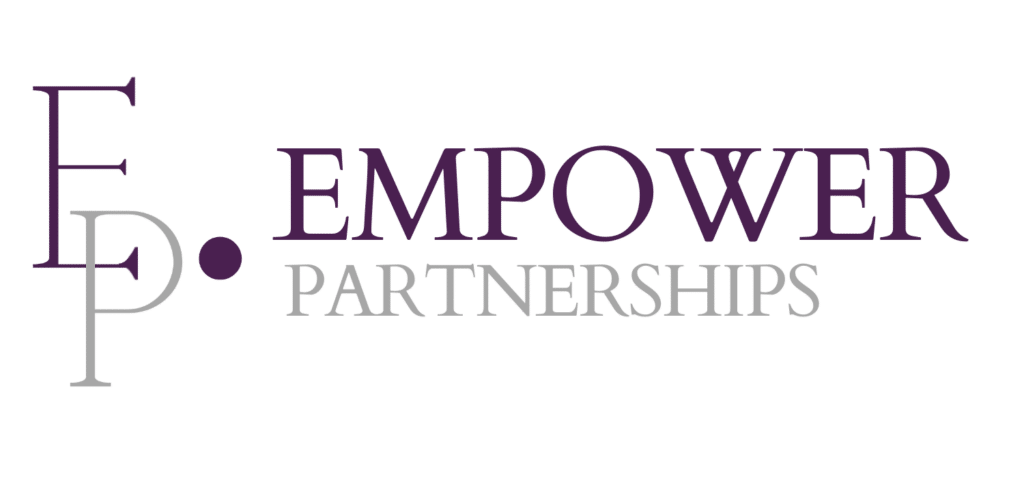Interviews are a key component of your talent acquisition process, but be warned – businesses often don’t put much thought into them, and in many cases, end up making biased, inaccurate evaluations and hiring a candidate that isn’t a good fit for the position.
Here’s how you can improve your interview process to avoid hiring mistakes and bring in high-quality talent that empowers your business.
The Dos
DO avoid cliche interview questions.
You don’t want canned responses from the candidates you interview, so why should your questions be any different? After all, your candidates are holding you to a certain standard just as you’re doing with them.
Vague questions like “What is your greatest weakness?” are just begging the candidate to construct an answer they think you want to hear. To get truly valuable information, you need to be asking valuable questions. In many cases, employers choose to ask behavioral questions to gauge both an employee’s soft skills and cultural fit.
DO use the Predictive Index.
Based on the idea that past behavior is an indicator of future behavior, behavioral interviews are key to hiring the candidates that are most likely to succeed in their roles, and the Predictive Index gives businesses the data they need to get the most out of these types of interviews. Prior to the interview, candidates must complete a brief behavioral assessment. The Predictive Index then compares the results of the assessment to the role’s core skills and generates behavioral-based questions that are tailored to each candidate.
Behavioral questions typically follow what’s called the STAR method: Situation, Task, Action, and Result. For example, the Predictive Index might suggest asking something along the lines of “Can you provide an example of a time you faced a difficult challenge at work? How did you overcome this problem?” (Action). While the Predictive Index shouldn’t be the only deciding factor in whether someone gets the job, it offers the interviewer more targeted questions that lead to more valuable, insightful answers from the candidate.
The Don’ts
DON’T have an unstructured interview process
Too often, companies go into interviews without a clear understanding of how (and why) they’re evaluating candidates. These organizations are improvising the interview process leading to much poorer hiring decisions. To bring in the talent that will succeed, you need to standardize all aspects of the interview process. This often involves conducting a job analysis, creating an objective rating scale, and establishing an interviewer training program.
DON’T ask inappropriate questions.
All hiring managers, recruiters, and human resources professionals should know that questions related to national origin, race, gender identity, and more are not just inappropriate, but often illegal. However, sometimes it’s not easy to see when seemingly innocent questions are actually not appropriate for an interview. For example, rather than asking a candidate where they’re from or if they’re a U.S. citizen, you should simply ask if they’re authorized to work in the United States.
A good rule of thumb is to always keep questions directly related to the skills and qualifications required for that role.
Not conducting interviews in the office? Follow these additional tips.
Video and phone interviews aren’t a new concept, but they’ve certainly increased in popularity as a result of COVID-19, and with the ability to streamline the hiring process, lower hiring costs, and reduce time to hire, they aren’t going away anytime soon. To ensure seamless virtual interviews, keep these tips in mind.
Practice with the technology before the interview
You don’t want to struggle with video or phone conferencing technology during the interview and risk giving the job candidate a bad impression. No matter what platform or technology you use, make sure you know how to use it and troubleshoot any problems ahead of time.
Give advance notice about which platform you’ll be using
You might use Zoom, but your job candidate might use Google Hangouts. Whatever platform you choose, you should provide your job candidate with any relevant links, dial-in numbers, and login information at least a few days before the interview so they have time to get familiar with the technology as well.
Don’t forget about your professional courtesy
Talking through a webcam may feel more casual, but in terms of how you should act, there isn’t much difference between virtual and in-person interviews. In addition to dressing appropriately, you should sit up straight, smile, and be aware of any gestures that could convey the wrong message. During a video interview, you’ll also need to be extra cautious of making eye contact. You should look directly at the camera (not at the image of the candidate).
If you’re conducting a phone interview, watch out for your tone and choice of words. These matter even more than usual since the candidate can’t see your facial expressions or body language.
Improve Your Interview Process with Empower Partnerships
As your recruitment process outsourcing partner, we’re here to help you build a better interview process and bring in the talent that will empower your business. After getting to know your current people, processes, and technology on a deep level, we bring the tools and expertise needed to meet (and exceed) your hiring needs.
Connect with us to learn more about how we attract high-quality talent for your business.



